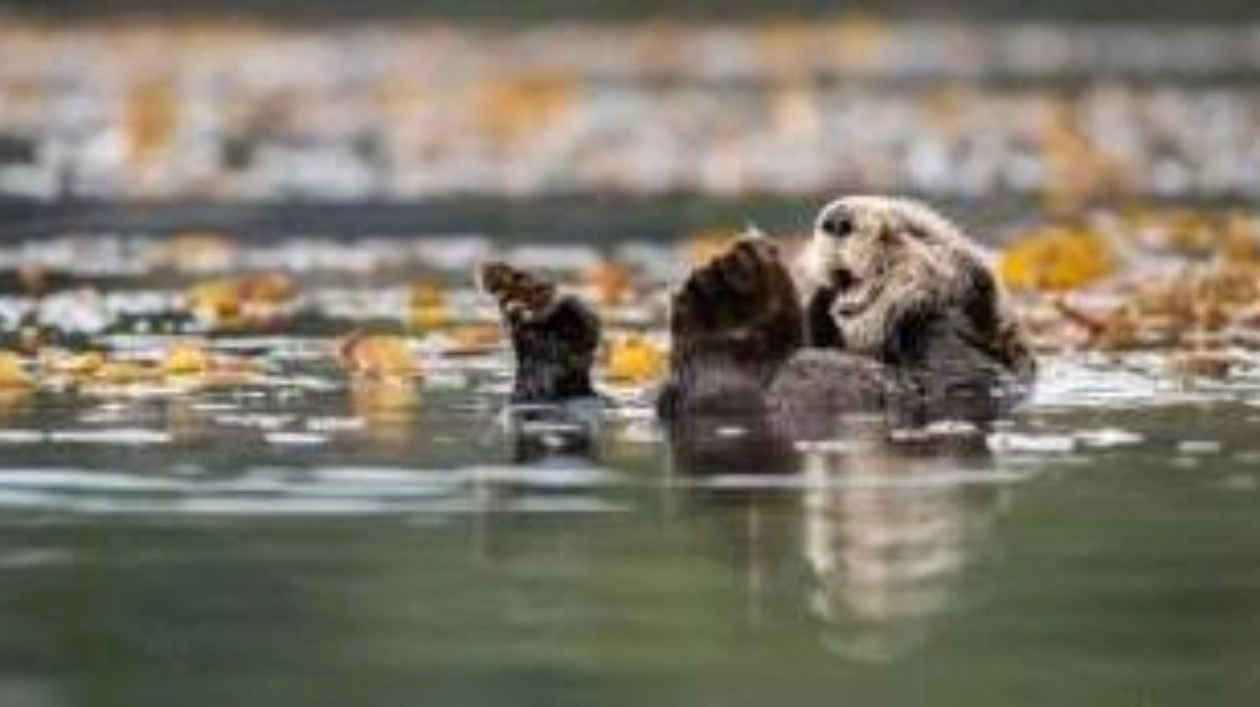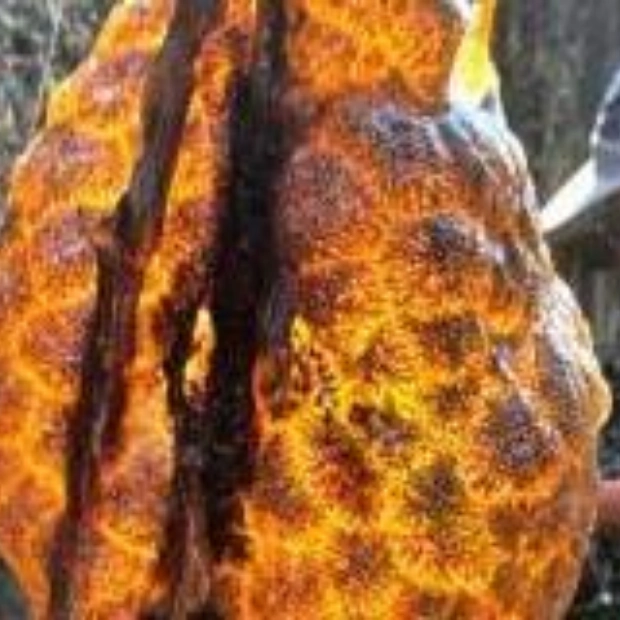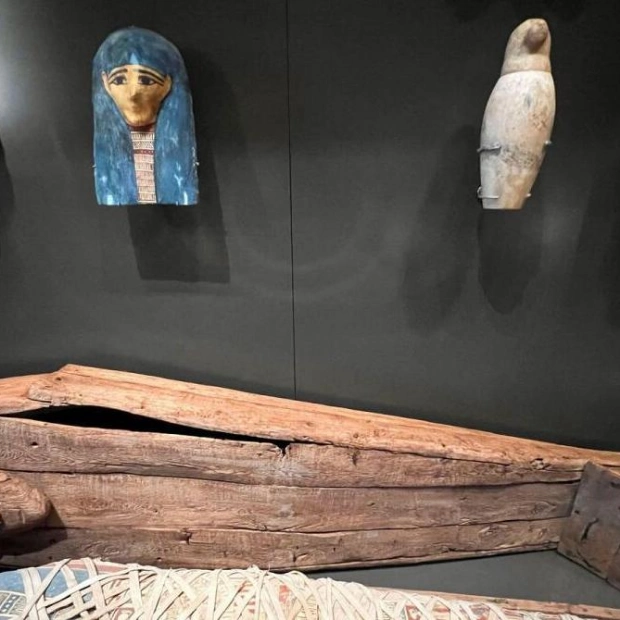The helicopter's journey over northwestern British Columbia reveals a landscape both rugged and rich in history. As we fly over dense forests and snow-capped peaks, the wind buffets the aircraft, providing a stark reminder of the region's untamed nature. This aerial perspective offers a glimpse into the past, where European fur trappers once deemed this land 'wild.' However, beneath the surface of this perceived wilderness lies a complex history deeply intertwined with the Indigenous Gitxsan people.
Snaking beneath us is the ancient Babine Trail network, a 'grease trail' likely used for millennia by the Gitxsan to transport goods such as eulachon, a type of smelt rich in oil, from the coast to inland communities. The team accompanying me includes archaeologists, local experts, graduate students, and members of the Indigenous house group, or wilp, whose ancestral lands we are traversing. Our mission is to mark a portion of this ancient path, a task that requires both aerial and ground-level exploration.
As the helicopter descends, we land in a small clearing, where the search for the overgrown Babine Trail begins. The terrain is obscured by fierce brambles, but we are guided by hints from lidar maps, which use light detection and ranging to map the Earth's topography. Eventually, Brett Vidler, an archaeological field assistant, identifies a tree with a divot and sharp cuts, marking it with a pink ribbon reading 'culturally modified tree.' This act of marking trees with ribbons symbolizes the reconnection of local communities with their heritage, a process that is both physical and symbolic.
The Babine Trail network has become overgrown as Indigenous connections to their land and culture have frayed. Historical events, such as the establishment of Canada's federal residential school system in the late 1800s, have disrupted these connections. Marking the trails helps communities reconnect with their heritage, and the ribbons serve as a reminder of the ongoing struggle to preserve cultural resources in the face of modern development.
The threat of oil and gas development looms large over the Babine Trail. The Prince Rupert Gas Transmission pipeline, slated to run through Madii Lii, a 354-square-kilometer tract of Gitxsan territory, poses a significant risk. The pipeline's construction could destroy half of the 80-kilometer trail, a loss that would be felt deeply by the Gitxsan people. The marking of the trail is a last-ditch effort to pressure the government to block the pipeline or at least force a reroute.
The Western mindset often sees landscapes as discrete and divisible, a perspective that governs preservation practices on lands slated for development. However, Indigenous people view landscapes as interconnected and indivisible. This cultural difference is reflected in the way archaeologists approach their work. While traditional Western archaeology focuses on discrete sites, some archaeologists are now using lidar and other remote sensing tools to map interconnected landscapes, recognizing the importance of movement and connection between places.
The fight to preserve the Babine Trail is not just about protecting a physical path; it is about safeguarding a cultural heritage that is deeply intertwined with the land. The use of modern technology, such as lidar and drones, represents a fusion of traditional knowledge and Western science. This fusion is crucial in the battle to preserve Indigenous trails and cultural resources in the face of rapid development.
As we continue our journey, the challenges are clear: the need to balance economic development with cultural preservation, the struggle to maintain connections to ancestral lands, and the imperative to document and protect cultural heritage for future generations. The Babine Trail, with its rich history and cultural significance, stands as a testament to the resilience and enduring spirit of the Gitxsan people.
Source link: https://www.sciencenews.org






